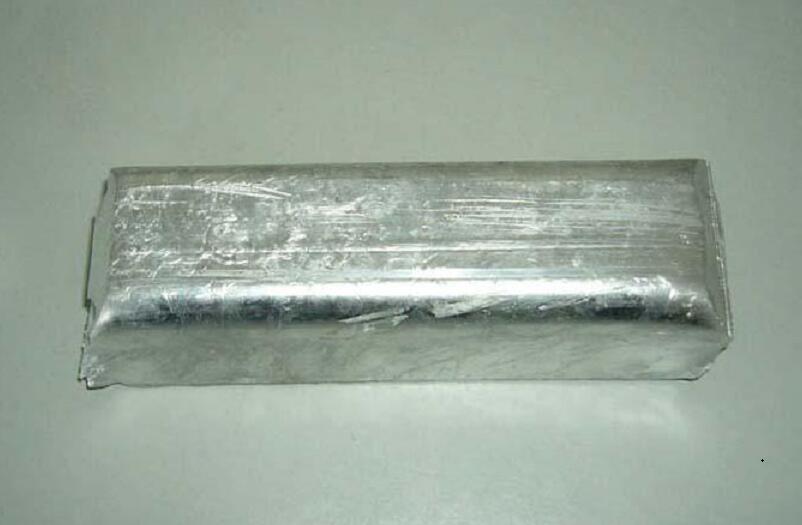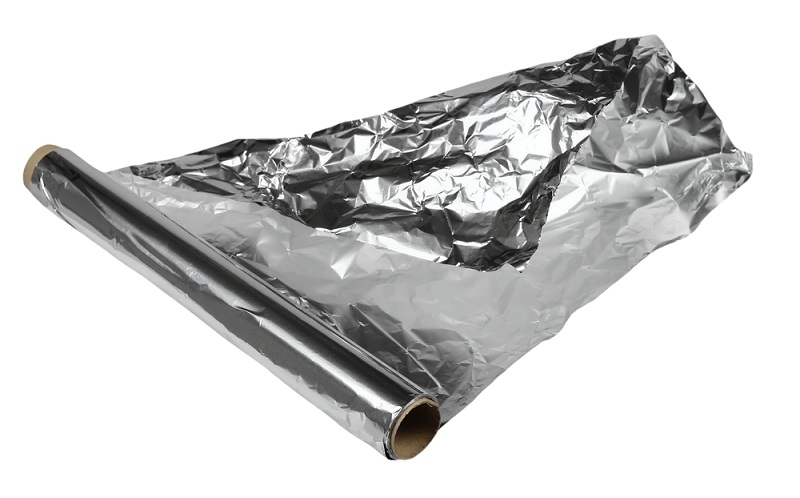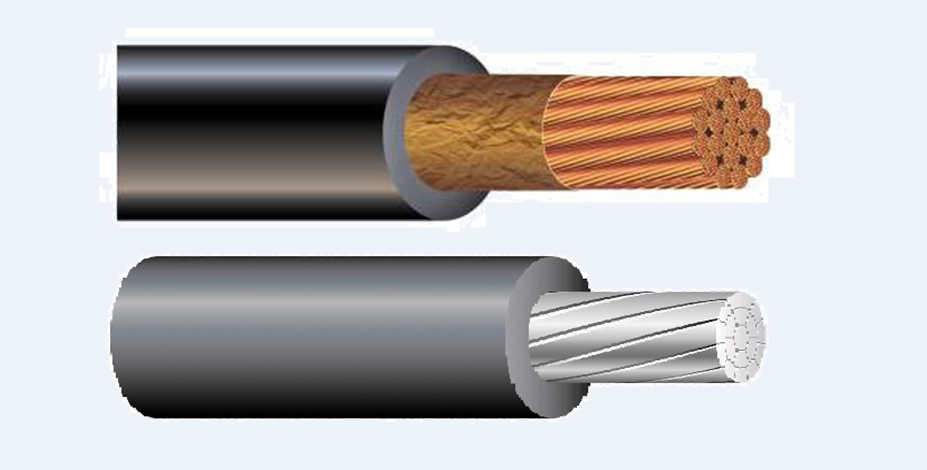Aluminum is a silvery-white metal, the 13 elements in the periodic table. The most common form of aluminum found in nature is aluminum sulfates. These are minerals that combine two sulphuric acids: one based on an alkaline metal (lithium, sodium, potassium rubidium or cesium) and one based on metal from the third group of the periodic table, primarily aluminum.
Aluminum sulfates are used to this day to clean water, for cooking, in medicine, in cosmetology, in the chemical industry, and in other sectors.

Introduction Master alloys, made from two or more elemental metals, are used to introduce specific elements into the final alloy. Their characteristics, such as hardness, strength, and even color, are rather different from the constituent elements. Master alloys are commonly utilized as additives to improve the properties of alloys for a wide range of applications. […]
Tags: Additives, aluminum, Improved Properties, Master Alloys, titanium

Introduction The crust is the outermost layer of the Earth, making up 1% of the planet. It is composed of solid rocks and minerals formed, which are usually slowly formed over a long period of time. A range of elements can be found in the Earth’s crust, among which 7 of the 10 most abundant […]
Tags: 7 Most Abundant Metal Elements in Earth’s Crust, 7 Most Abundant Metal Elements in the Earth’s Crust, Aluminum Everywhere, Iron - the Most Used Metal, Magnesium - A Lightweight Metal, Potassium - Another Highly Reactive Element, Sodium and Salt, Titanium - Strong but Lightweight

In the past few decades, new and evolving technologies have provided companies with many of the most important opportunities, but they have also brought troubles. In the next few years, inventions that are currently being developed and adopted by app developers will become more popular and powerful. We don’t yet know the possible consequences of […]
Tags: Rare Earth Metals, Shortage of rare earth materials, Technological Challenges for Rare Earth Metals

Titanium Aluminum Alloy Preparation & Applications As early as the 1970s, titanium aluminum alloy was known as a promising high-temperature resistant material. It has high strength and good high-temperature resistance, but due to its low ductility and poor workability, it has not been mass-produced and used in the industry. In order to improve the high-temperature resistance of Ti-Al […]
Tags: Advanced Refractory Metals, ARM, Chromium, Composite Material Technology, Copper, high-temperature resistant material, Ingot Metallurgy Technology, manganese, Molybdenum, Niobium, Powder Metallurgy Technology, Preparation and Processing Technology of the Titanium Aluminum Alloy, Rapid Condensation Technology, The Applications of the Titanium Aluminum Alloy, Titanium Aluminum Alloy, Titanium Aluminum Alloy Application, Titanium Aluminum Alloy Preparation, Vanadium

5 Brilliant Uses for Aluminum Foil Aluminum foil has a broad range of applications in our daily life. If you are a foodie, you are definitely familiar with aluminum foil, because aluminum foil is often used to heat food when we have a barbecue. If you are a smoker, you will certainly not be unfamiliar with aluminum foil, […]
Tags: Advanced Refractory Metals, Aluminum Foil, Aluminum Foils, aluminum products, Applications for Aluminum Foil, Applications of Aluminum Foil, ARM, Brilliant Uses for Aluminum Foil, Brilliant Uses of Aluminum Foil, Molybdenum, Refractory Metals, rhenium, tantalum, titanium, Tungsten, Uses for Aluminum Foil

Top 10 Properties of Aluminium and Its Applications Due to its abundant reserves and excellent properties, aluminum is widely used in industry and our daily life. In this article, we will take a close look at the top 10 properties of aluminum and its applications. Top 10 Properties of Aluminium – 1. Low Density The density of aluminum […]
Tags: Application of Aluminium, Applications of Aluminium, Catalyst, Combustion, Decorative, Ductility, High Corrosion Resistance, Low Density, Low-Temperature Resistance, Properties of Aluminium, Property of Aluminium, Reflective, Sound-Absorbing Effect, Thermal Conductor, Top 10 Properties of Aluminium

Aluminum Alloy Cable VS Copper Cable The aluminum alloy power cable is a new type of material power cable invented by AA8030 series aluminum alloy material as a conductor by using special compaction technology and annealing treatment and other advanced technologies, while the copper cable is an electric cable with copper material as its conductor, […]
Tags: aluminum alloy, Aluminum Alloy Cable, Aluminum Alloy Cable VS Copper Cable, Aluminum Alloy Cables, aluminum oxide, Copper Cable, Copper Cables, copper material, copper oxide, magnesium
Copyright © 1994-2024 Advanced Refractory Metals owned by Oceania International LLC, All Rights Reserved.